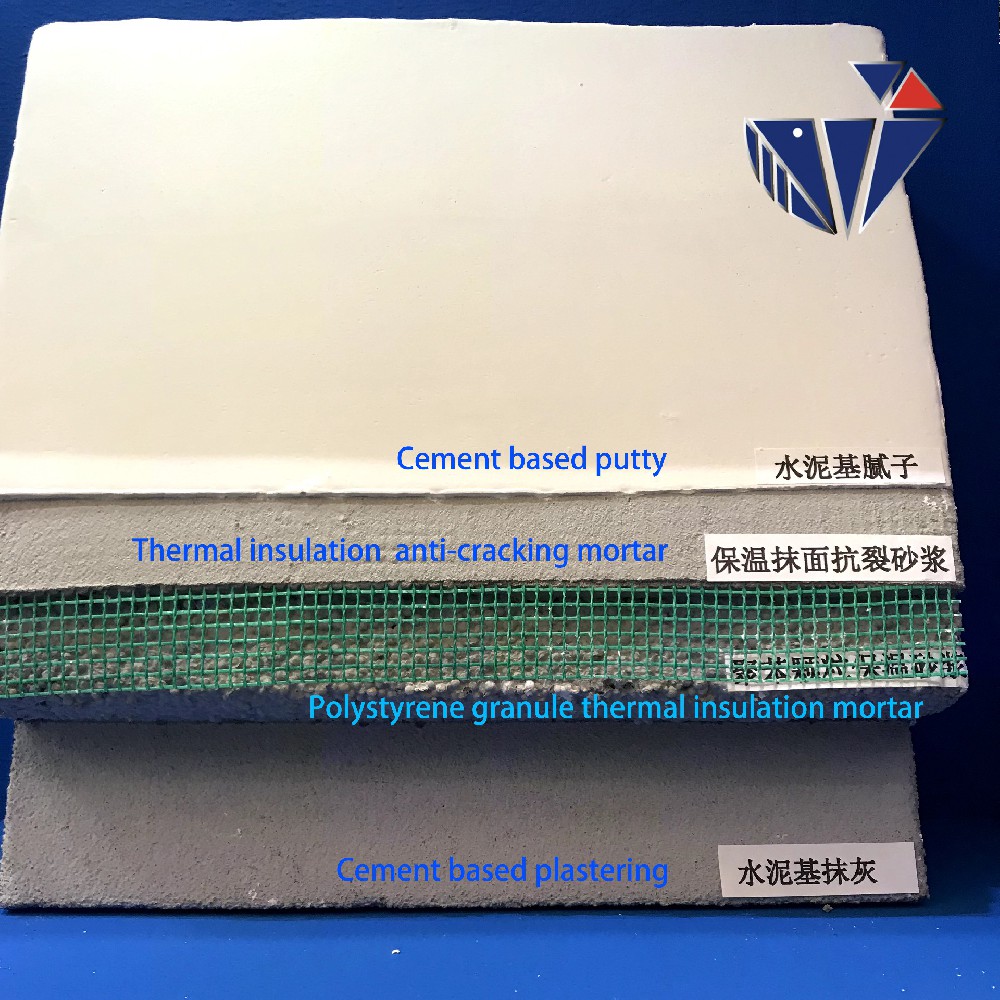
Novemba . 18, 2024 04:06 Back to list
redispersible polymer powder manufacturing process
The Manufacturing Process of Redispersible Polymer Powder
Redispersible polymer powders (RDPs) have become essential components in various applications such as construction and building materials, adhesives, paints, and coatings. Their ability to enhance adhesion, flexibility, and water resistance makes them invaluable in formulating high-performance products. The manufacturing process of RDPs involves several key stages, each of which contributes to the quality and performance of the final product.
1. Raw Material Selection
The manufacturing process of RDP begins with the careful selection of raw materials. The primary constituents are polymer emulsions, which are generally composed of vinyl acetate, ethylene, styrene, or acrylate copolymers. These polymers are chosen based on the specific properties required in the end application, such as adhesion strength, flexibility, and environmental resistance. Additionally, stabilizers, additives, and fillers may be selected depending on the desired characteristics of the redispersible powder.
2. Emulsion Preparation
Once the raw materials are selected, the next step involves the preparation of the polymer emulsion. This is typically achieved through a process known as emulsion polymerization, where monomers are dispersed in water along with surfactants and other additives. The emulsion polymerization process is usually conducted in a controlled environment, at elevated temperatures, and under specific pressure conditions. This ensures that the polymer chains grow adequately and that the resulting emulsion has a consistent particle size. After polymerization, the emulsion is cooled and stabilized to maintain its properties.
3. Drying Process
The drying process is a critical step in the manufacture of RDPs. The stable polymer emulsion needs to be converted into a powder form. This is typically accomplished through spray drying, a method where the aqueous emulsion is atomized into small droplets in a hot air chamber. As the droplets travel through the chamber, the water evaporates rapidly, leaving behind fine polymer particles. The drying parameters, such as temperature, flow rate, and droplet size, must be carefully controlled to achieve the desired powder characteristics, such as particle size distribution and flowability.
Another method of drying involves freeze-drying (lyophilization), which removes moisture at low temperatures, preserving the structural integrity of the polymer
. However, spray drying remains the most widely used technique due to its efficiency and cost-effectiveness.redispersible polymer powder manufacturing process

4. Milling and Grinding
After the drying process, the dried polymer powder may need to undergo milling or grinding to achieve the desired particle size and distribution. This process is essential, as the final application's performance can be significantly affected by the powder's characteristics. The milled powder is then screened to remove any large agglomerates that may have formed during drying, ensuring a consistent and uniform product.
5. Quality Control
Quality control is paramount throughout the manufacturing process. Samples are routinely tested for key performance characteristics, including particle size distribution, moisture content, and polymer degree of polymerization. Additionally, the mechanical properties of the redispersible powder, such as flowability and bulk density, are evaluated to ensure they meet industry standards. Advanced testing methods like scanning electron microscopy (SEM) and differential scanning calorimetry (DSC) may also be employed to analyze the material's structure and thermal properties.
6. Packaging and Storage
Once quality assurance is completed, the redispersible polymer powder is packaged into suitable containers to prevent moisture exposure and contamination. Proper storage conditions are crucial to maintain the powder’s performance during transport. Typically, RDPs are stored in a cool, dry place using moisture-proof packaging to ensure longevity and quality.
Conclusion
The manufacturing process of redispersible polymer powder involves a complex interplay of raw material selection, emulsion preparation, drying, milling, quality control, and packaging. Each of these stages contributes significantly to the quality and performance of the final product, making RDPs a versatile solution for various industrial applications. As technology and methodologies advance, the efficiency and performance of RDP manufacturing will continue to improve, further enhancing the capabilities of materials in the construction and adhesives industries.
-
Versatile Hpmc Uses in Different Industries
NewsJun.19,2025
-
Redispersible Powder's Role in Enhancing Durability of Construction Products
NewsJun.19,2025
-
Hydroxyethyl Cellulose Applications Driving Green Industrial Processes
NewsJun.19,2025
-
Exploring Different Redispersible Polymer Powder
NewsJun.19,2025
-
Choosing the Right Mortar Bonding Agent
NewsJun.19,2025
-
Applications and Significance of China Hpmc in Modern Industries
NewsJun.19,2025







